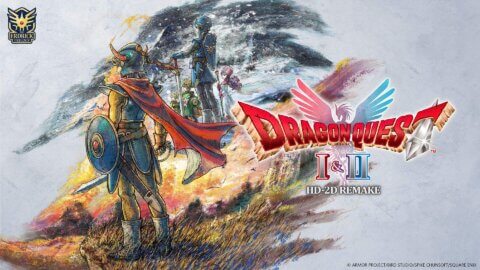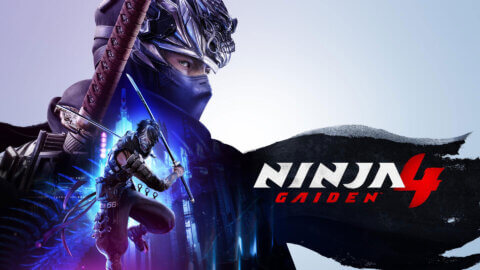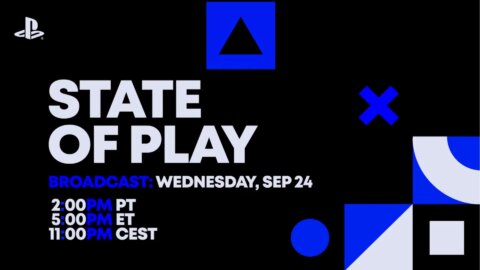Tales of Xillia was one of the earliest entries in the series that I tried back on the PS3, and it stuck with me in a way few JRPGs of that era did. When Bandai Namco announced that a remaster of the game was coming as part of the Tales Anniversary Remastered Project, I knew I had to jump back in and give it another go. Returning to it on PS5 with a cleaner presentation and a few smart upgrades felt a bit like revisiting a hometown. The streets were familiar, the people were the same, but everything had a fresh shine that made the journey feel new again.
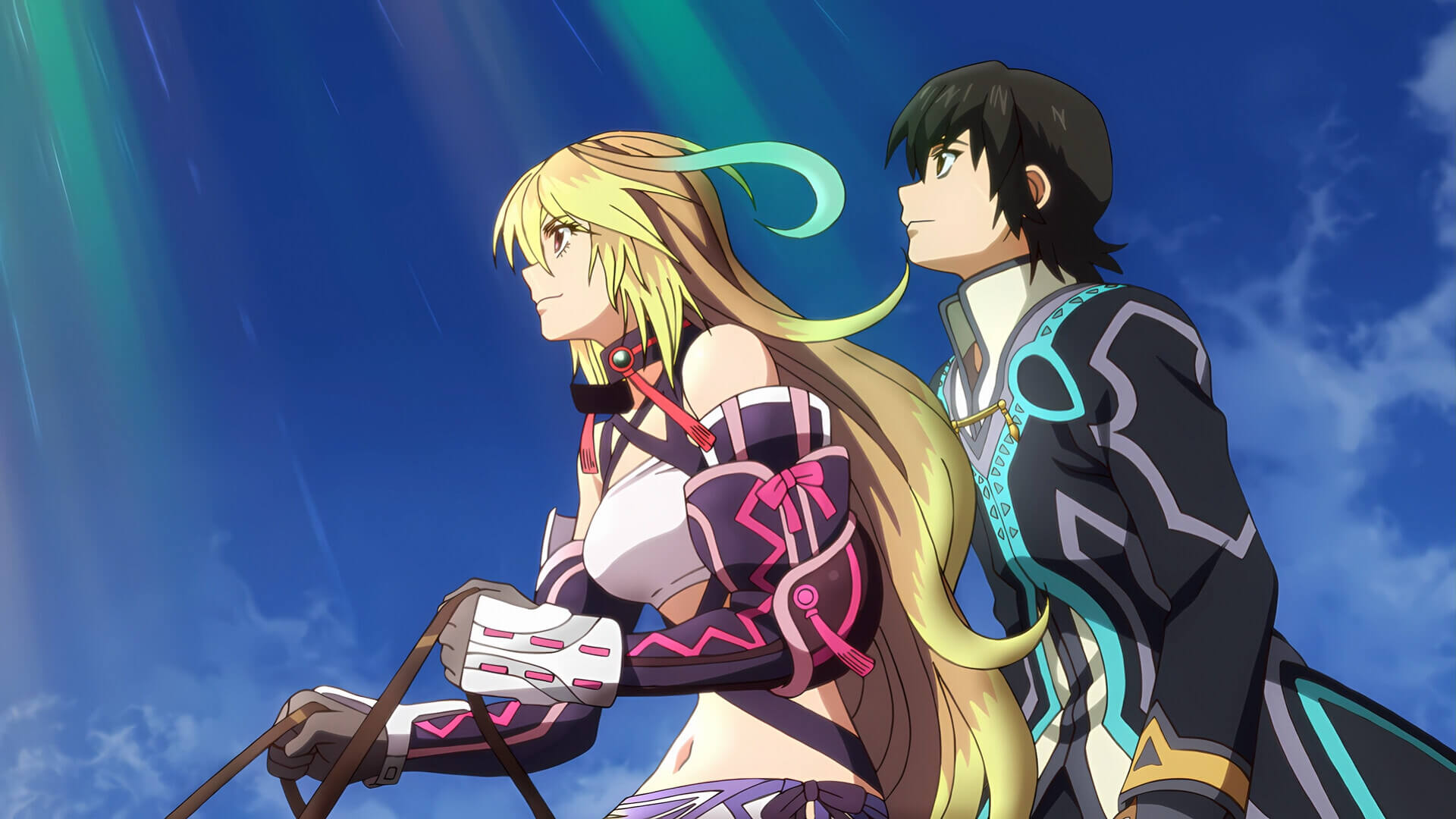
The story begins in the world of Rieze Maxia, a land where spirits and humans live together through the use of mana. It is a lush world that blends natural beauty with political tension, and the remaster restores the striking colours that made it feel alive. The plot kicks off when two very different protagonists, Milla Maxwell and Jude Mathis, accidentally cross paths. Milla is the incarnation of Maxwell, the Lord of Spirits, who guides the balance of mana. Jude is a medical student who somehow manages to stumble into a conspiracy much bigger than him. Their meeting sparks a conflict that pulls them across the entire continent.
From the moment the game begins, you choose whether you want to experience the story through Milla’s eyes or Jude’s. While the overall story stays the same either way, the choice gives the early chapters a slightly different emotional slant. Milla’s path highlights her sense of purpose and responsibility, while Jude’s route focuses more on discovery and growth. It is not a drastic branching narrative, but it does add a bit of personal flavour, and I enjoyed revisiting the story from the perspective I did not choose on PS3.
What I appreciate most about Xillia’s story is how it builds itself around the theme of two sides trying to understand each other. Not only does this apply to the split focus between Milla and Jude, but it also reflects the broader conflict in Rieze Maxia, where nations struggle for control of mana and the truth about spirits becomes harder to ignore. The writing gives each character clear motives and backstories, and their relationships are the glue that holds the whole adventure together. I found myself once again drawn to Alvin’s charm, Elize’s quiet strength, Rowen’s wisdom, and Leia’s energy. Their designs still look striking, partly due to the new resolution boost that brings out details that were lost on PS3, but also because their personalities carry the same force they did years ago.

This remaster does more than just polish the visuals. It bundles in all of the original DLC, introduces an auto save feature, and adds a mini map that marks objectives more clearly. The ability to toggle wild encounters on and off is a simple but extremely welcome addition. It makes backtracking painless and lets you control your grinding rather than leaving it up to chance. The higher resolution graphics are the biggest upgrade. Character models look sharper, lighting is more balanced, and colours are far richer than the almost washed out presentation of the original. Not every texture gets the same treatment, though. Some environmental details still look noticeably dated, especially on larger surfaces like walls or hills. It is not a dealbreaker, but it is a reminder that this is a remaster and not a remake.
One of the systems I spent a lot of time with in the original was the Grade shop. After finishing the game or completing certain objectives, you earn Grade points that can be spent on modifiers. These range from higher experience gains to increased critical hit chances. It is a smart way to let players tune the game to their preferred pace. For the remaster, the Grade shop options are available right from the beginning, allowing you to tweak the experience and balance in the way you see fit. I activated a slight boost to experience and gold, which helped smooth out the mid game grind without disrupting too much of the challenge the challenge. It’s a completely optional feature, but I liked its inclusion to help offset some of the grind and improve the overall pacing.
Combat has always been one of the major draws of Tales games, and Xillia was an important step in the evolution of the series. Its Double Raid Linear Motion Battle System still feels fast and fluid. Each character has their own list of artes, and you can link your controlled character to another party member to trigger linked artes. Building chains of artes into linked artes is just as satisfying now as it was in 2013. Watching Jude dive in for a quick hit while Milla sweeps an enemy with an elemental strike is always satisfying. The only hurdle is how much there is to learn at first. Between guarding, sidestepping, combo timing, artes, linked skills, special move states, and enemy weaknesses, the system demands practice. Once it clicks, though, combat runs like a fast rhythm game where decision making matters just as much as speed.
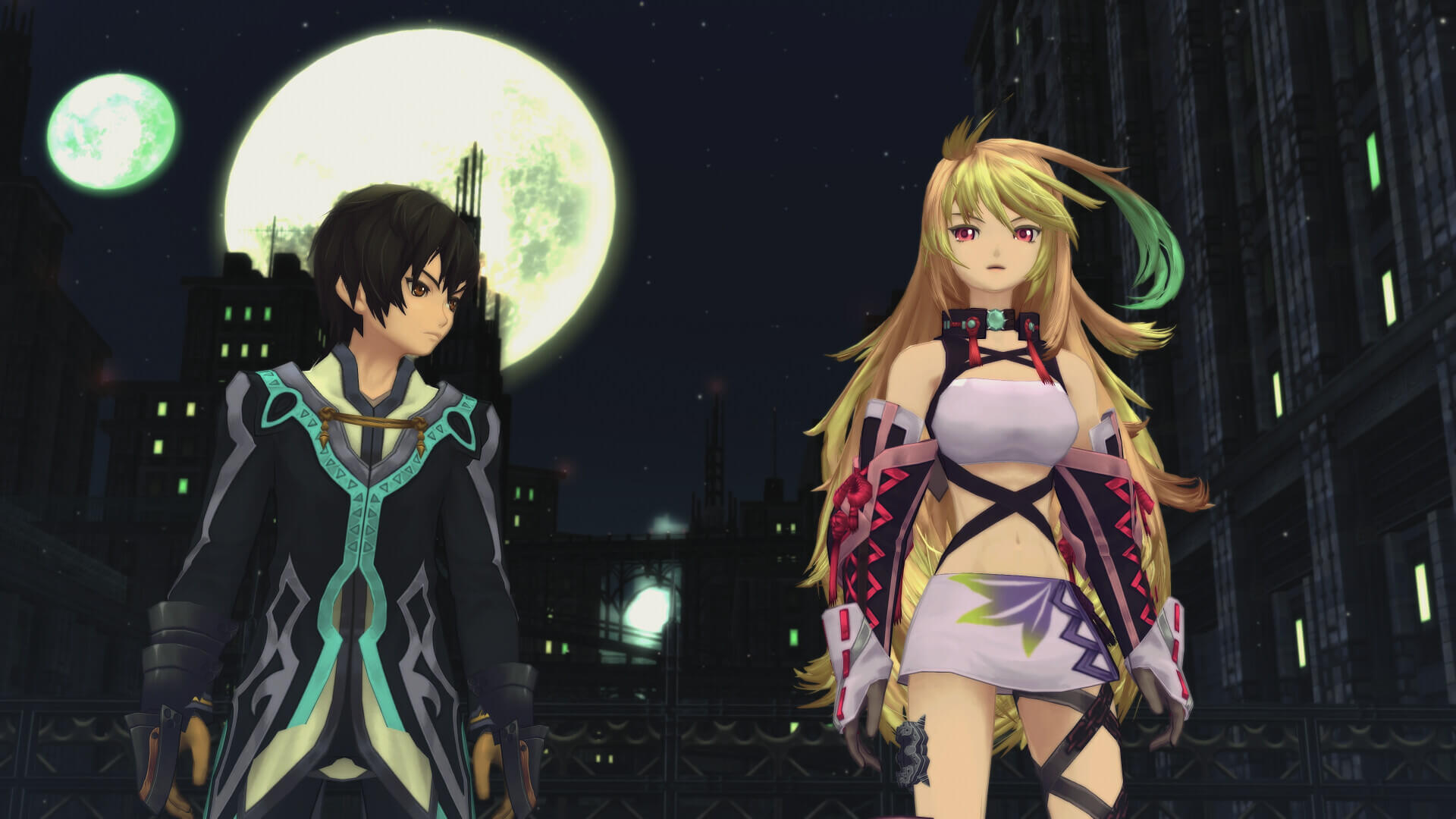
Strategy plays a big part in encounters. Even regular enemies can punish careless button mashing. Bosses in particular force you to understand positioning and timing. Choosing which characters to link with affects everything from crowd control to elemental coverage. The game never explains every detail clearly, so some things you learn by trial and error. That said, mastering the system is one of the most rewarding parts of the experience.
Character progression is handled through the Lilium Orb, which looks like a web of interconnected nodes. Each node grants a stat boost or an arte, and filling in certain patterns unlocks extra bonuses. It gives you a satisfying sense of control over your build, allowing you to tailor each character to your preferred style. Want Jude to focus on speed and technical artes? Easy. Want Milla to lean into elemental damage? Just follow the nodes. It is a deep system, and exploring the paths feels meaningful rather than tedious.
The world of Rieze Maxia is still one of my favourite settings in the series. Towns are colourful and full of personality, fields and dungeons strike a nice balance between simplicity and style, and the anime cutscenes hold up surprisingly well. They are crisp, expressive, and help highlight major story beats. The soundtrack is excellent too. Whether I was in a bustling city or a quiet forest, the music always reinforced the mood. Some tracks are energetic, others more emotionally charged, but they all give the adventure a sense of scale and presence.
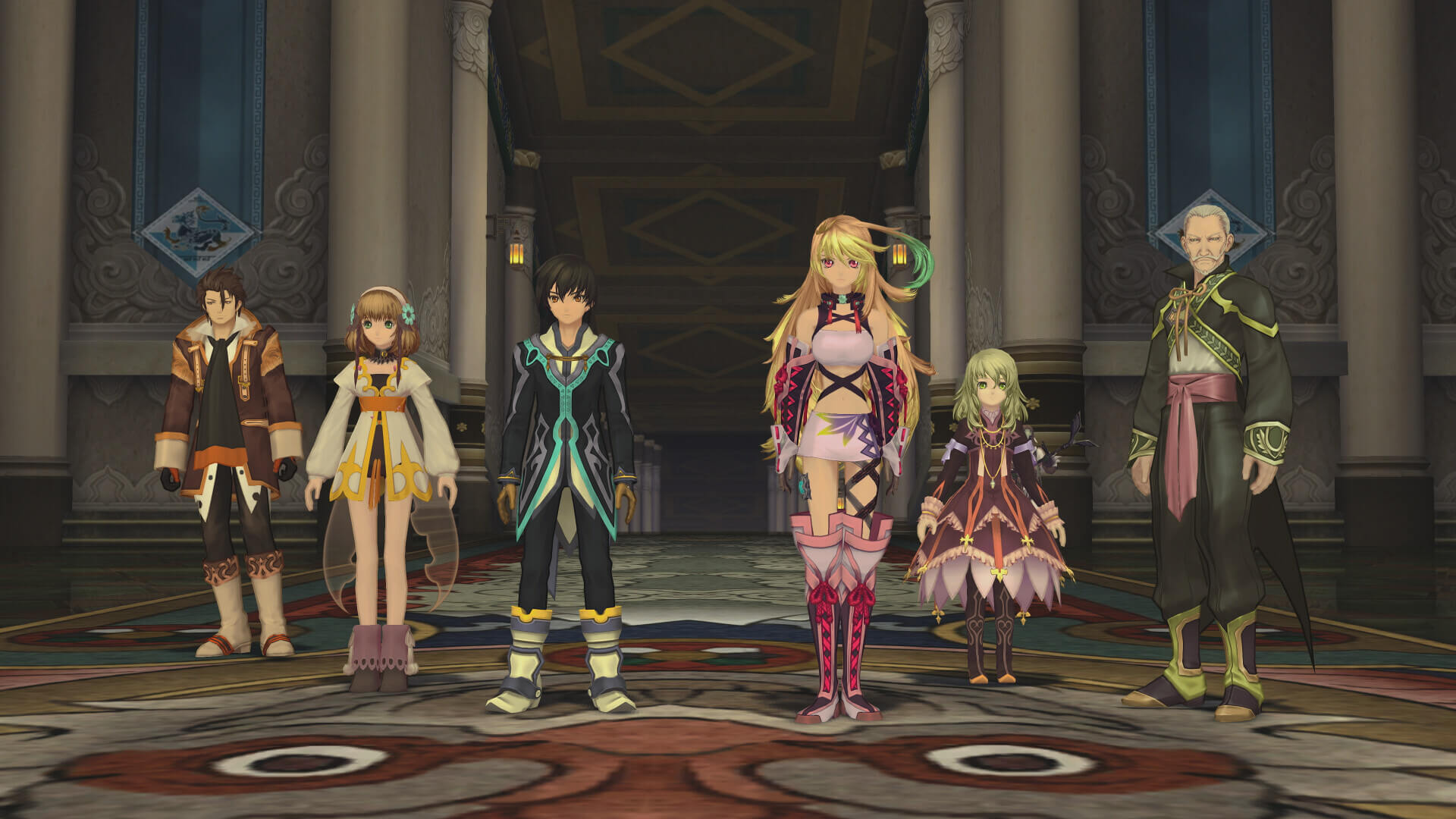
Even with all these strengths, the remaster is not perfect. The side missions are clearly from an older era of JRPG design. Many follow a simple pattern of fetching something or defeating a specific monster. They are optional, but the rewards can be useful when you need an experience boost. I only did them when I hit a point where grinding felt necessary. The larger issue is that these quests rarely add much to the world or characters. They are functional, but I would have liked to see some reworking here, even if only to tighten the pacing.
As I mentioned earlier, some textures still fall short of modern expectations. Rocks, trees, and certain buildings can appear flat and lack detail. It is the kind of thing you notice more during exploration than during story sequences or combat. While I understand this is a remaster and not a full overhaul, the contrast between improved character models and dated environmental textures can be jarring.
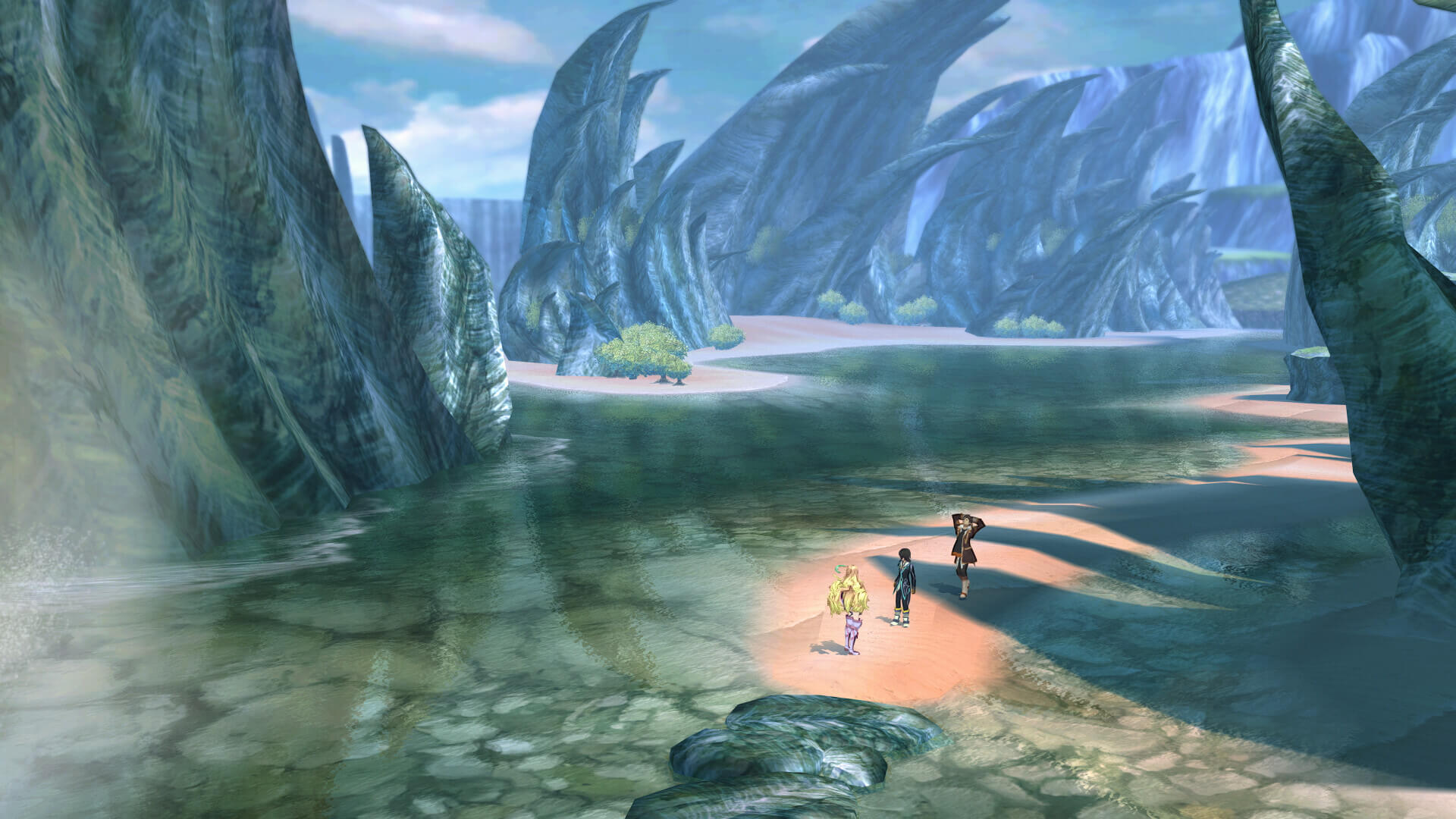
Even with those issues, Tales of Xillia Remastered holds up remarkably well. The story is heartfelt, the combat remains exciting, and the cast is one of the strongest in the series. The quality of life additions make replaying it smoother than ever, and the updated visuals give the world new energy. It reminded me why Xillia left such an impression on me years ago. It was ambitious then, and while not everything has aged perfectly, the core of what made it special is still intact.
If you missed it the first time, this remaster is a great way to experience it. If you played it on PS3, the improvements make it worth revisiting. Tales of Xillia was a standout in 2013, and on PS5 it proves that good characters and good ideas never really get old.
A PS5 review code was provided by the publisher for the purpose of this review.
If you want to see more content like this and never miss one of our frequent gaming and anime giveaways come and Follow Ani-Game on Twitter.
8.5
- + A great story that still holds up
- + Quality writing and characters
- + Combat system that is deep and difficult to master
- + The soundtrack
- - Repetitive side missions remain
- - Noticeable low resolution textures
